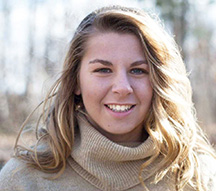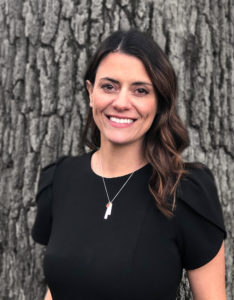By Sara Egan and Maddie Clark


Landscape architects and planners have relied on Unmanned Aircraft Vehicles (UAVs or drones) for site analysis, monitoring construction progress and benchmarking projects in recent years. Data and birds-eye imagery from drones can even enhance storytelling to bolster community engagement and deepen the clarity and communication of design ideas.
Recent studies have shown that the average human attention span is eight seconds and falling, according to National Center for Biotechnology Information. The way in which people gather information is in short segments through push notifications on smart devices, social media, and text messages with the average webpage visit lasting under a minute—most leaving a page within 10-20 seconds. This creates a challenge for planners and designers who depend on stakeholder input to drive the design process. In a world saturated with digital stimuli, designers need to leverage tools to make the most of the eight second attention span. This requires visual storytelling techniques that are clear, concise, and entertaining. While webpage visits are short, the average length of a video watched is 2.7 minutes. This creates an opportunity to employ drone technology in the community and stakeholder engagement process. As designers tasked with translating stakeholder desires into a built product, it is critical that our communication methods reflect the way people consume information, particularly when social distancing regulations are in place and feedback is obtained virtually.
A New Workflow for Cycling Ideas
Planners and landscape architects at Colorado-based Design Workshop have been doing just that. By utilizing drone footage collected as part of the site analysis for two St. Louis area projects – Alton Great Streets and Frenchtown Great Streets, the team saw the opportunity to represent the complex relationships of the proposed plan concepts by combining drone footage, 3D modeling and time-based media. Lidar data along with birds-eye imagery captured by drones served as a basis for draping proposed AutoCAD linework to quickly iterate multiple alternatives. Incorporating drone topographic data and imagery with AutoCAD platforms and 3D rendering software allows designers to produce videos that clearly communicate the intent and context of proposals. The drone imagery serves as an ideal base for these graphics because of the viewers ability to quickly recognize place and context, while the 3D topographic model allows the proposals to accurately align with the perspective of the drone imagery. The creation of short video clips allowed the team to add movement and emotion as part of the graphics, rather than relying on an analog plan or static rendering. By embedding videos of approximately two minutes into a short online survey, the team was able to achieve more than double the participation than in-person meetings — a critical metric to achieve during the COVID-19 pandemic, particularly when future federal and state funding will require public support for the plans.
Overcoming Challenges
While the new drone-captured images and video were well-received by community members and proved to effectively achieve the team’s goals, it was still a challenging process. The current technology that designers and planners must use has a steep learning curve and requires a significant investment of time. The other challenge to consider is equitable access. Not every person has access to computer, smart device or internet making it necessary to think about how you provide offline access to the same information. Hosting public meetings (when allowed to), making hard-copy images available and finding ways to display project options in public settings must occur in tandem with any digital execution of ideas to ensure all have the opportunity to share their feedback.
A Tool to Enhance the Stakeholder Engagement Process
While overlaying proposed plans with drone footage and integrating time-based media to share via a virtual survey and via social media served the same purpose as a public meeting in the extenuating circumstances brought on by COVID, it isn’t meant to be a replacement. These communications tools can and should be used along with traditional community meetings by ensuring clear communication of proposals, and allowing for more time to actually engage, cycle ideas, and build partnerships — enabling more two-way and collaborative communication to occur — ultimately leading to a plan that best serves the community. Videos make input methods more engaging, tactile, entertaining, accessible, and comprehensible. These methods result in better participation and ultimately, more likely implementation.









